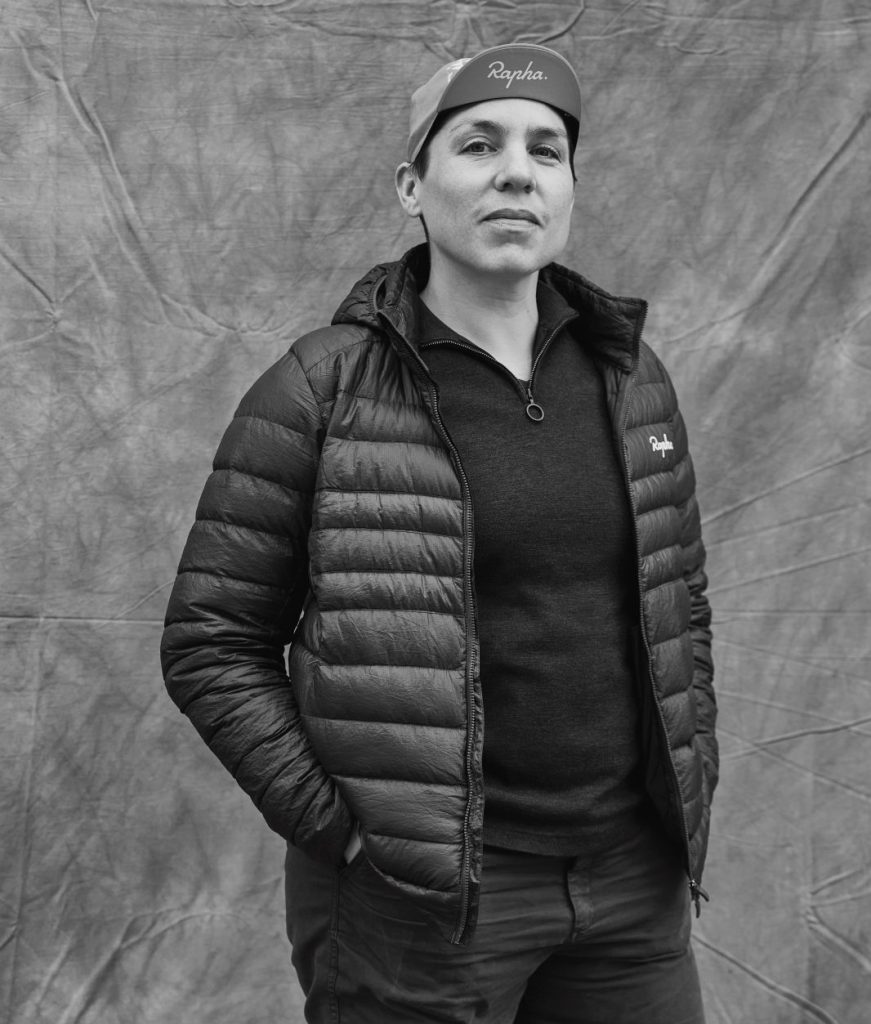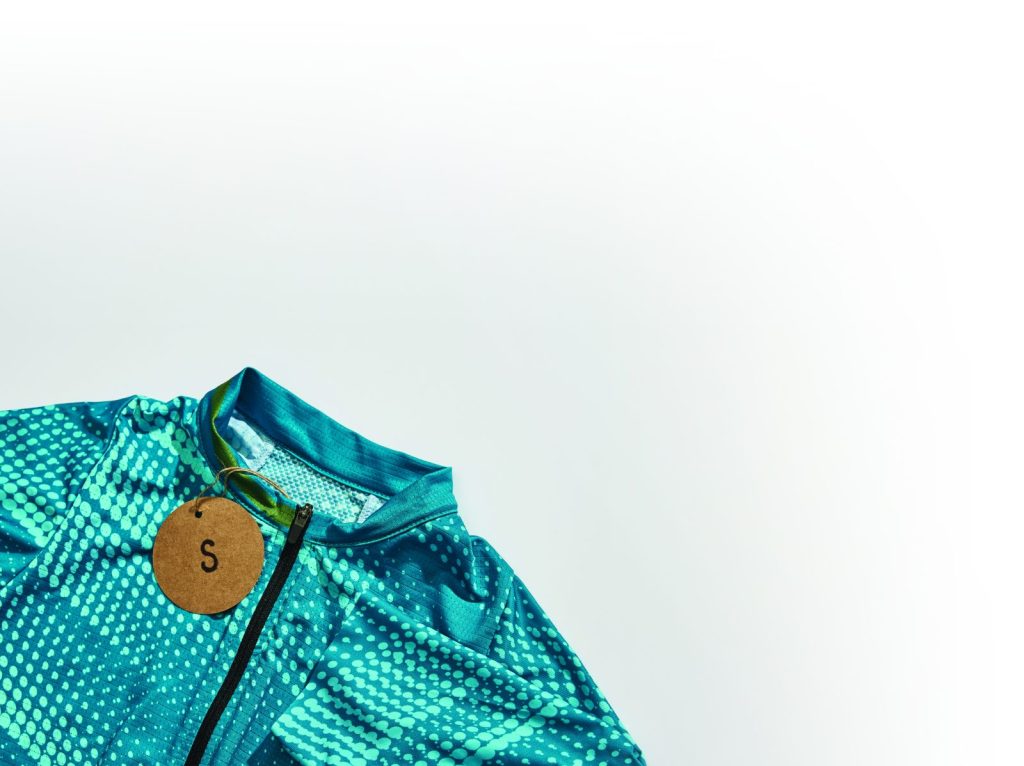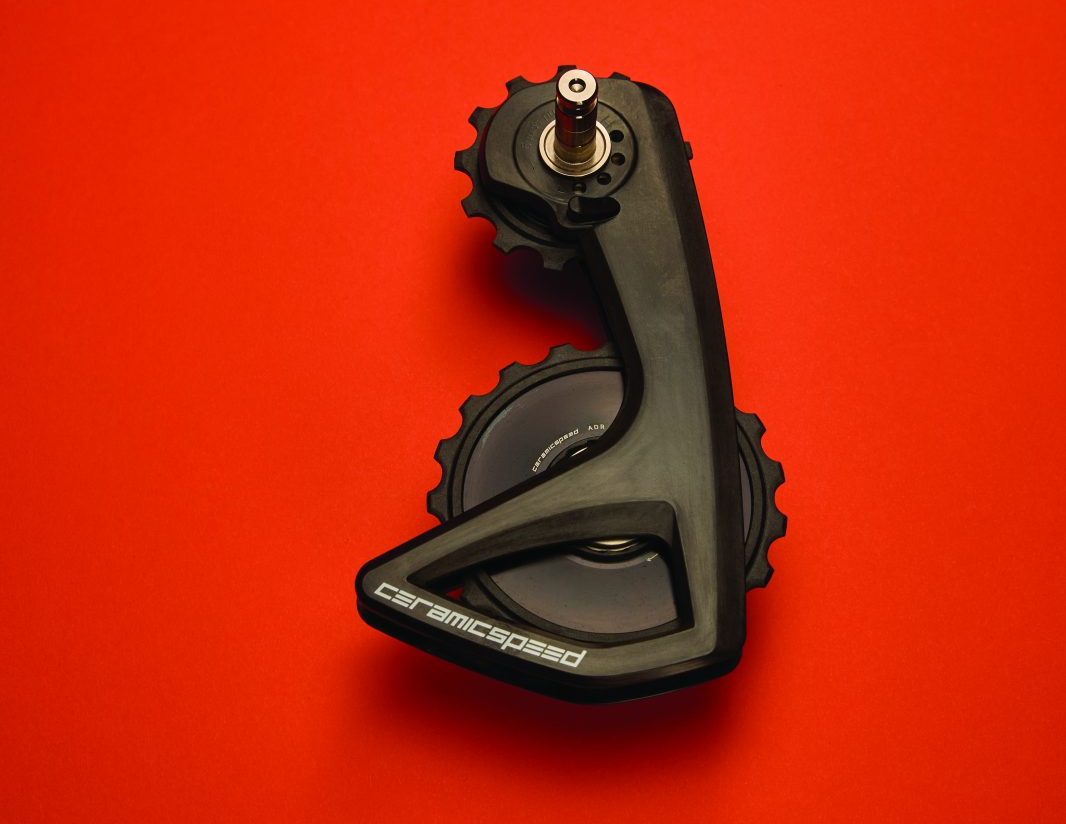In 2016, Emily Chappell won the Transcontinental ultra-endurance race, only to find that she still didn’t fit the body image of how a cyclist should look

At first, cycling improved my body image. When I bought my first bike, started doing audaxes and took up work as a cycle courier, I remember telling friends that I was sliding steadily along the scale from hating my body all of the time to loving it, even though it was still more or less the same size it had been before.
Nearly 20 years later, I’m closing in on the happier end of that scale. It’s difficult to care about your body being the wrong size when it has carried you through so many adventures.
It wasn’t until I pulled on the winner’s jersey at the end of the Transcontinental [a 3,800km race across Europe] and it was too small that I realised we still had a problem.
Despite my by-now-enormous physical confidence, and the fact that I had just completed one of the world’s toughest races, I was still too big for a cyclist.
Then I began to notice it everywhere. Of course, no cycling brand used models above a size 10 – I had just taken this for granted, since no other clothing brands did either (this is changing now, though there’s still a long way to go).
You rarely saw a woman in a cycling magazine, and when you did she was small and dainty. Was it any wonder the sponsor of the Transcontinental had sent a small jersey for the winning woman?
Compared to what most of us picture when we think ‘female cyclist’, I was freakishly large. I’m not the only one.
There are medium-to-large women excelling in cycling, but they’re invisible, becausewhenever a clothing brand or magazine is looking for a female cyclist, they use the thin ones.
I was as guilty as anyone of seeing a chunkier woman on an audax and thinking, ‘She’s doing well, despite her size,’ because I had absorbed the myth that, to be a serious cyclist, you needed to be light and lean. Arguably, the best cyclists are.
Last summer I screamed myself hoarse at the summit of the Planche des Belles Filles, watching as the peloton charged towards the finish line of the Tour de France Femmes, and it didn’t escape my notice that the first ones up the mountain were the smallest.

I’m not ignorant of the laws of gravity – I know I’d climb faster if I weighed less. But I also think we’re wrong to idolise elite road cyclists the way we do.
Sure, they’re faster. And there is inspiration to be gained from the tenacity with which they race and the dedication with which they train.
But there are other reasons why their lifestyle is a terrible example to follow.
Succeeding as a professional athlete takes a single-minded focus that requires tremendous sacrifices in other areas: family life, friendships and other hobbies and career paths.
Riders who step on that treadmill in childhood often miss out on the teenage rites of passage the rest of us enjoy, and the downfall of former racers like Luis Ocaña, Marco Pantani and Lieuwe Westra suggest that not all manage to find happiness after retirement.
Plus, eating disorders are endemic in the pro peloton, among women and men alike, sometimes as a direct result of pressure from coaches and sporting directors; sometimes despite everyone’s best efforts to keep riders healthy.
Under-fuelling can have a terrible impact on athletes’ mental and physical wellbeing, and also carries long-term health risks such as low bone density, infertility and impaired immunity.
There are no doubt plenty of pro cyclists who are naturally lean or who control their weight in medically responsible ways.
But still, trying to follow their example would be nonsensical for the ordinary person.
We need to broaden our definitions of what being an accomplished cyclist might look like.
We can still include the wiry pro, sprinting their way to the top of the col.
But we could also consider the bulkier ultracyclist, thriving on pavement picnics as they race their way across a continent and finish injury-free.
Or the busy parent who only squeezes in two rides a week, but somehow manages to sustain a rewarding career, keep up with friends and share nourishing meals with family.
I would find any one of these people inspiring examples to follow.


